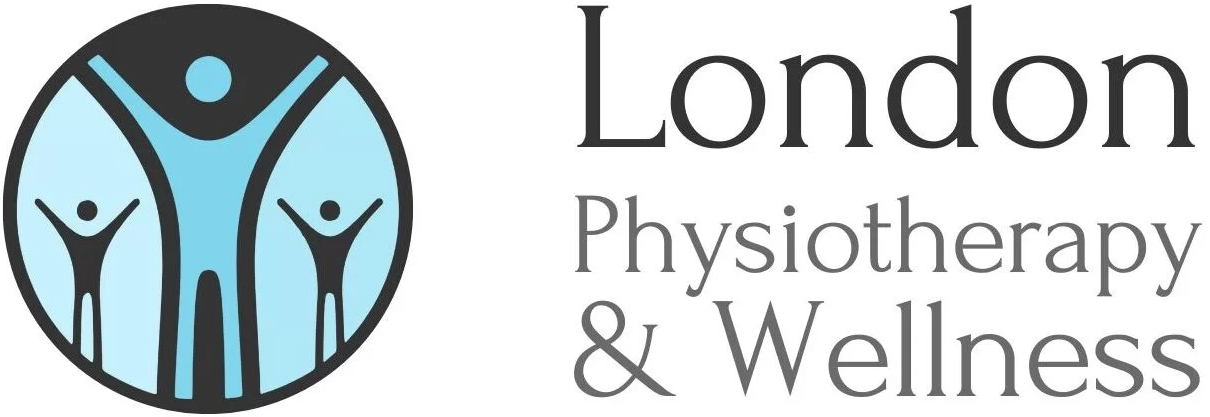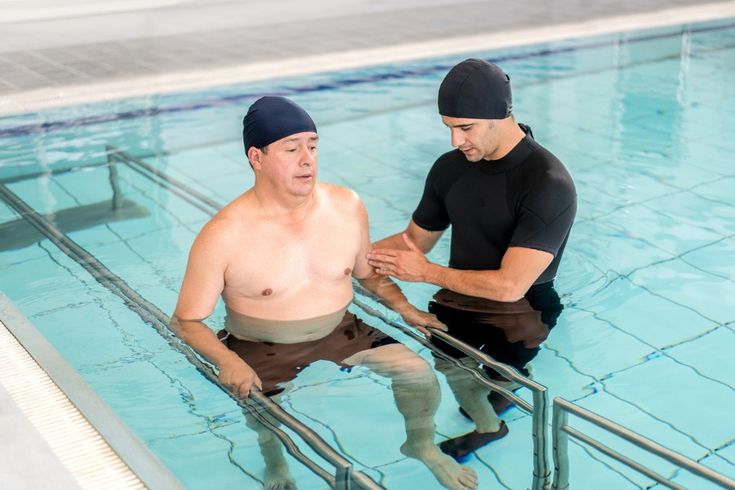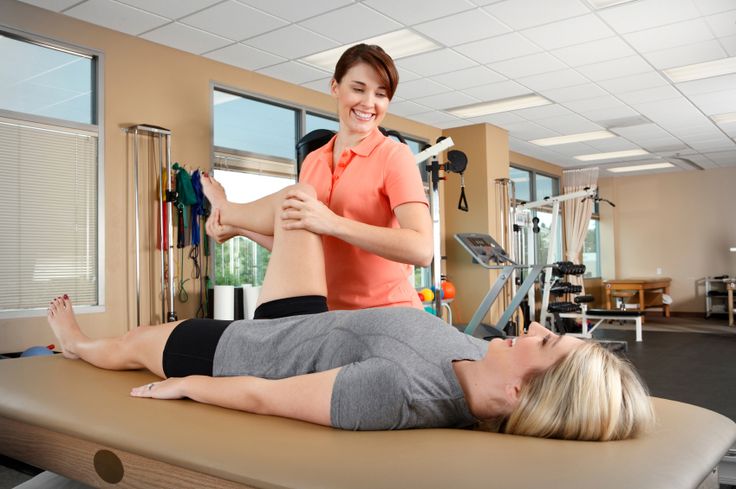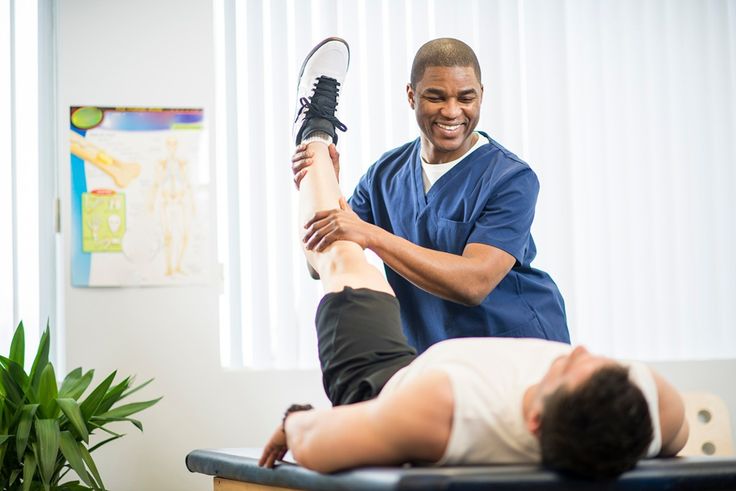Hydrotherapy: A Powerful Tool for Pain Relief and Rehabilitation
Hydrotherapy, also known as aquatic therapy or aquatic physiotherapy, is an age-old practice that harnesses the healing properties of water to relieve pain, improve mobility, and aid in rehabilitation. From ancient civilizations like the Egyptians, Greeks, and Romans to modern-day physiotherapy clinics, hydrotherapy has been a crucial element in holistic health and wellness.
What is Hydrotherapy?
Hydrotherapy involves therapeutic exercises performed in warm water under the supervision of a trained physiotherapist. The buoyancy of water reduces stress on the joints and muscles, making movements easier and less painful, especially for individuals with arthritis, injuries, or mobility challenges.
Benefits of Hydrotherapy
- Pain Relief: Warm water helps relax muscles, reduce stiffness, and alleviate pain, making it particularly beneficial for conditions like arthritis and fibromyalgia.
- Improved Mobility & Flexibility: The resistance of water supports gentle stretching and strengthening exercises, helping to improve the range of motion.
- Reduced Joint Stress: The buoyancy effect of water minimizes the impact on joints, making it ideal for people recovering from surgeries or injuries.
- Enhanced Circulation: Hydrotherapy promotes blood flow, reducing inflammation and supporting faster recovery.
- Mental Relaxation: The soothing nature of water has a calming effect, helping to relieve stress and promote overall well-being.
Hydrotherapy vs. Aquatic Physiotherapy
While hydrotherapy refers to general water-based treatments, aquatic physiotherapy is a specialized form of hydrotherapy led by trained physiotherapists. This ensures that exercises are tailored to an individual’s condition, taking into account their strength, symptoms, and range of motion.
Physiotherapists carefully maintain water temperatures between 32–35.5°C, with an optimal range of 34–35°C. This warmth further helps in relaxing muscles and enhancing therapy effectiveness.
Hydrotherapy for Osteoarthritis
People with osteoarthritis greatly benefit from hydrotherapy due to water’s unique properties. According to Sarah McKeown, a member of the Aquatic Therapy Association of Chartered Physiotherapists, “Buoyancy provides a relatively weight-free environment in which to exercise, reducing weight-bearing on stiff and painful joints.”
By performing slow, controlled movements in water, individuals with osteoarthritis can gently strengthen their muscles, improve flexibility, and maintain physical activity without causing further joint stress.
Is Hydrotherapy Right for You?
Hydrotherapy is suitable for people with:
- Arthritis and joint pain
- Post-surgery rehabilitation needs
- Sports injuries
- Chronic pain conditions like fibromyalgia
- Neurological disorders affecting movement
If you’re looking for a safe and effective way to manage pain, recover from an injury, or simply improve your mobility, hydrotherapy could be the perfect solution. Consult a physiotherapist to explore how aquatic therapy can be integrated into your treatment plan.
Book a Hydrotherapy Session Today and Experience the Benefits of Water Therapy!



